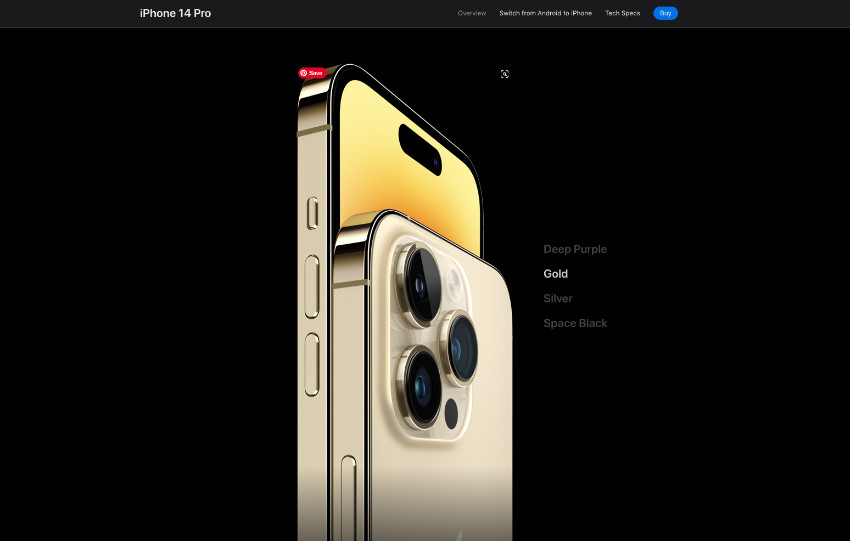Show:
The Three Pillars of Digital Marketing: Lead Generation, Capturing, and Nurturing Explained
Digital marketing has become an essential aspect of modern business, providing companies with the means to reach and engage large audiences and, most importantly- gain loyal customers. In the race to sparkle the interest of potential customers, commonly referred to as leads, marketers have come up with three key pillars of any successful marketing strategy: lead generation, capturing, and nurturing.

Some marketers include both capturing and nurturing as part of lead generation. While all these concepts may fall under the broad lead generation umbrella, since they all focus on converting leads into customers, they are still distinct steps that require specialized efforts.
Interested in learning more? Let’s explore lead generation, lead capturing, and lead nurturing in depth to help you better understand these marketing tactics.
The 101s of Lead Generation
Let’s begin with defining a lead. A lead is an individual interested in your business’s products or services. This interest usually refers to a person’s readiness to share their contact information with you.
Lead generation refers to the process of identifying and attracting potential customers to your brand or product through various digital channels. The goal is to build a list of people you can reach out to in the future for sales and marketing purposes.
To craft an effective lead generation strategy, you must utilize all available tools in your digital marketing play: search engine optimization (SEO), content marketing, social media advertising, PPC, and email marketing. The process of lead generation usually involves creating content, such as blog posts, ebooks, podcasts, and other resources that educate and inform potential customers.
Effective Lead Generation Campaigns
Ready to map out a lead generation strategy? Here are some starter tips to guide you along the way:
1. Clearly define a target audience, and understand their needs, challenges, and pain points. This will help you create content and offers that are relevant and appealing to them. A well-defined target audience ensures the quality of the leads since you don’t want to generate a lot of leads that aren’t going to sell.
2. Create valuable content, such as blog posts, ebooks, whitepapers, case studies, and webinars. This helps build trust with the lead, increases your authority, and moves them closer to purchasing.
3. Optimize your website for search engines to ensure potential customers can easily reach you.
4. Utilize social media to engage with your audience, promote your content and offers, and increase your brand’s visibility.
5. Utilize PPC (Pay-Per-Click) advertising, especially if you are a new business looking to grow fast. Paid adverts ensure that your web page appears near the top of the search engine when users search for specific keywords.

Capturing Your Leads
Lead capturing refers to collecting and storing the contact information of potential customers interested in your product or service. Once the lead provides contact information, a database or customer relationship management (CRM) system stores it for future use.
You can then use this “captured” information to send follow-up communications, such as emails or personalized content, to continue the relationship-building process and move the lead closer to a sale.
Lead capturing typically involves creating forms or landing pages that potential customers can fill out to receive more information, access a resource, or take advantage of a special offer. These forms ask for the person’s name, email address, phone number, and other relevant details.
Potential customers can reach a landing page through various channels, such as paid advertising, email marketing, or social media.
For example, a customer can see your ad on Facebook and click on it. The customer is then taken to a landing page with a sign-up form for more information or to purchase the product.
The Art of Effective Landing Pages
To create a landing page that converts, take note of the following guidelines:
1. A landing page should have a clear and simple design, with a single, focused message and a prominent call to action (CTA). Avoid clutter and distractions that can take the focus away from your offer.
2. Clearly state the value of your offer, and explain how it can help solve the lead’s problem or meet their needs. Use persuasive language and relevant images to support your message.
3. Use a strong headline that grabs the lead’s attention and conveys your offer’s key benefits. The headline should be prominent and easily readable.
4. Add social proof, such as customer testimonials, logos of well-known companies, or statistics, to help build trust and credibility with the lead.
5. Add a lead capture form to the landing page, and make it easy to find and use. Keep it simple, and only ask for the information you need to follow up with the lead.
6. Make sure the landing page loads quickly, as slow-loading pages can negatively impact conversions. Optimize images and other media to reduce file sizes and improve page speed.
7. Utilize tools such as A/B testing and heat maps to improve conversion rates. Make changes based on data and analytics, and continually refine your landing page to generate better results.
Lead capturing on its own isn’t enough to build trust and create loyal customers. You must follow up with consistent and valuable communication. This is where lead nurturing comes into play.

Lead Nurturing: The Final Step to Customer Conversion
The final step involves building relationships with your new leads through consistent, valuable, and relevant communications. This can include email marketing, personalized content, and other touchpoints designed to educate and engage customers until they are ready to purchase. The goal of nurturing is to create loyal customers who will continue to do business with you in the future.
Lead nurturing involves creating automated, personalized content, typically emails and newsletters. As the lead engages with the content, the nurture program can evolve and change, adapting to the lead’s interests, behaviors, and interactions with the brand.
Utilize the Power of Email Marketing for Lead Nurturing
Email marketing is a simple yet potent tool if used correctly. Here’s how to do it:
1. Segment your email list based on factors such as the lead’s industry, location, interests, or actions they’ve taken on your website. This will help you tailor your email communications to each segment’s needs and interests.
2. Develop automated emails you will send to your leads over time. These emails should be educational, relevant, and valuable to move the lead closer to purchasing.
3. Personalize your emails by using the lead’s name and other relevant information and make them feel more relevant and appropriately targeted.
4. Send offers for helpful resources, such as ebooks, whitepapers, case studies, webinars, and podcasts. Anything that will help leads better understand your product or service is desirable.
5. Don’t violate your leads’ trust by filling their inboxes with spam messages. Also, don’t use pushy and overtly sales-y language. Pace yourself with the number of emails you send weekly and write them in an engaging and informative style.
The Best Tools For Analyzing Lead Generation

As you can see, lead generation can be a demanding and lengthy task. Software tools can help you quickly complete specific tasks, track progress, and gain insight into valuable analytics. And there are tools available for nearly every step of the marketing process.
For example, you can use a free tool such as Google Analytics to gain insights into your website traffic, including where your leads come from and how they interact with your site. Tools such as Unbounce and Leadformly allow you to easily create and test optimized landing pages and convert forms without coding and design skills.
Finally, marketing automation and CRM platforms like HubSpot allow you to automate your lead nurturing campaigns, easily create personalized emails and analyze their performance.
Boost Your Sales With a Smart Lead Generation Strategy
Lead generation is a challenging task. You must deeply understand your target audience and constantly adapt to their needs and industry trends. But, as long as you offer quality products and services, create great content, and prioritize your customers, you shouldn’t worry.
Now that you know more about these three pillars of digital marketing, you can make more informed decisions to achieve your growth goals.
Good luck!

 Return to Previous Page
Return to Previous Page








